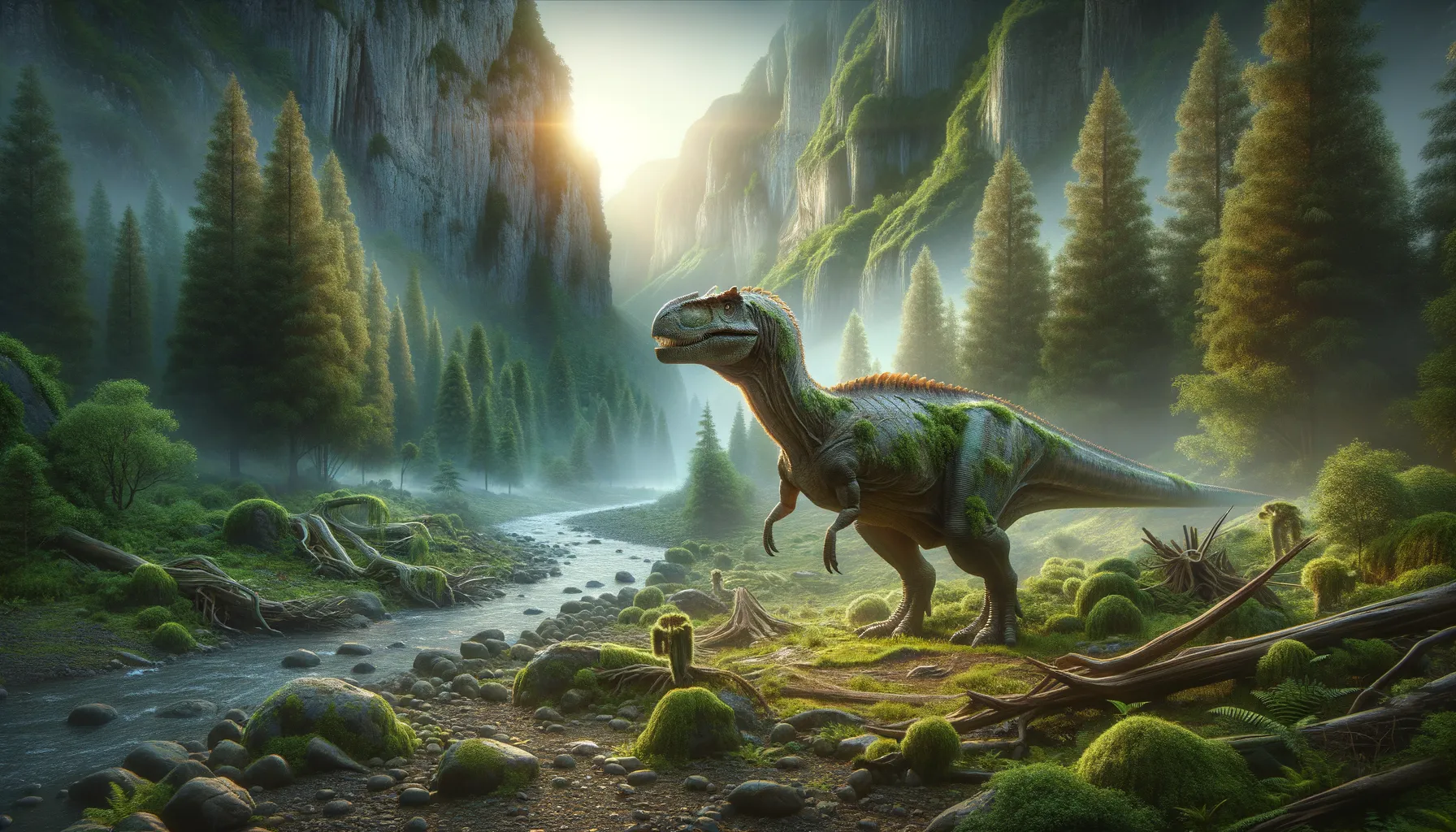
Burianosaurus
Uncovering Europe's prehistoric mystery.
Period
Cretaceous
Length
Roughly 6 meters long.
Height
Approximately 2 meters tall.
Weight
Around 2 tons.
Burianosaurus was a medium-sized herbivorous dinosaur that roamed the landscapes during the Cretaceous period. Known for its sturdy build and plant-eating habits, it was one of the unique dinosaurs due to its discovery in Europe. Its fossils help paleontologists piece together the continent's ancient ecosystems, adding valuable insights into the diversity and distribution of dinosaurs during that era.
Diet
Burianosaurus was herbivorous, feeding on available vegetation. Its diet likely included ferns, cycads, and conifers that were abundant during the Cretaceous period.
Hunting
As a plant-eater, Burianosaurus did not hunt. It grazed using its beak-like mouth to clip vegetation. Competition might have occurred with other herbivores for food resources.
Environmental challenges
Burianosaurus faced environmental challenges, such as finding adequate food during droughts. Natural disasters like volcanic eruptions might have altered its habitat. Predation was another constant threat, requiring vigilance and possibly herd behaviors for protection.
Speed
Moderate, likely moved at a steady pace.
Lifespan
Possibly several decades.
First discovery
Discovered in the Czech Republic in 2003.
Fun Facts
- Burianosaurus was a plant-eating dinosaur that lived about 94 million years ago.
- It is named after Zdeněk Burian, a famous Czech paleoartist known for his dinosaur illustrations.
- Burianosaurus fossils were discovered in what is now the Czech Republic.
- This dinosaur belonged to the group of duck-billed dinosaurs called Ornithopods.
- Burianosaurus was a small to medium-sized dinosaur, estimated to be about 3 meters long.
- The discovery of Burianosaurus filled a gap in the fossil record of European dinosaurs from this time.
- The dinosaur shared its environment with other prehistoric animals, including ancient fish and crocodiles.
Growth and Development
From birth, Burianosaurus underwent significant growth. Juveniles likely grew rapidly to avoid predation. Evidence suggests they might have reached maturity within a decade. Growth rates likely varied depending on environmental conditions and food availability.
Habitat
Burianosaurus inhabited forested areas with lush vegetation. It relied on dense foliage for both food and cover from predators. Seasonal changes impacted its habitat, nudging it to migrate in search of resources.
Interaction with other species
Burianosaurus coexisted with various species, including predators and other herbivores. Its interactions were likely cautious with carnivorous dinosaurs. Social dynamics might have existed with similar herbivores, possibly traveling in groups.
Natural lifespan
Its natural lifespan might have extended up to 30 years.
Reproduction
Burianosaurus probably reproduced by laying eggs in nests. Females might have laid multiple eggs at once. Little is known about parental care, though some protection of nests is possible.
Social behaviour
Burianosaurus may have preferred living in herds for safety. Such grouping could aid in reducing predation risks. Occasional solitary behavior could occur, especially among males.
Fossil locations
Fossils of Burianosaurus are mainly found in the Czech Republic. These discoveries are vital for understanding European dinosaurs. Other nearby regions may yet yield additional finds.
